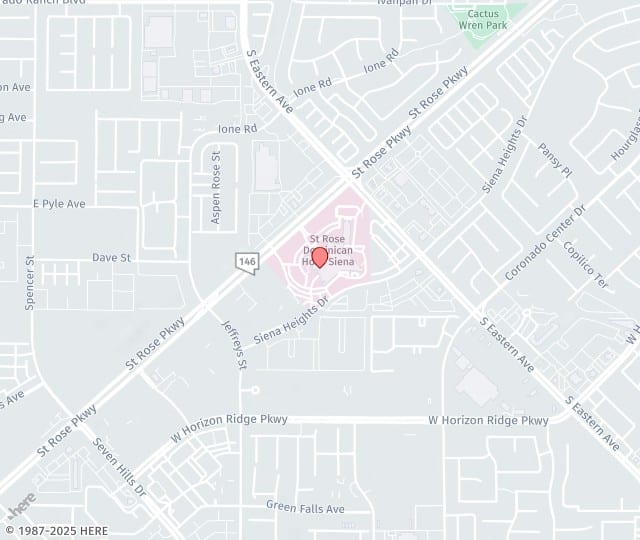Part 2 of CAPSULAR CONTRACTURES, CAPSULOTOMY, CAPSULECTOMY, AND CAPSULORRHAPHY FOR BEGINNERS
Mild cases of capsular contracture are typically treated conservatively with massage and observation. More moderate to severe cases are treated with surgery, hence the other terms…
Reoperative surgery for breast implants always starts with capsulotomy. This means making an incision into the breast pocket or capsule. Essentially, “opening up the capsule”. Capsulotomies can be used to open up a pocket in certain dimensions or release any band of scar tissue. If a woman decides to have surgery for larger implants, capsulotomies are performed to increase the dimensions of the pocket to accommodate the larger size (usually in the superior medial aspect of the pocket where most of us desire optimal fullness).
Capsulectomy means removing part or the entire capsule. Capsular contractures are treated with partial or complete capsulectomy. Basically, the implant is removed, thickened scar tissue is removed, and the implant is replaced. Risks for recurrent capsular contractures can be as high as 30%. Therefore, the surgical plan for reoperation needs to include maneuvers to decrease the risk of recurrence. Options to improve the outcome may include a brand new implant, a switch from smooth to textured implants if the implant was over the muscle, or a switch to a submuscular pocket with mastopexy if the implants were previously subglandular. Every capsulectomy tends to thin the breast tissue envelope while releasing the scar, so capsulectomy by itself can increase implant perceptibility and sagging.
Capsulorrhaphy means making adjustments to the capsule or pocket dimensions usually with sutures. For example, if a pocket is too big, or stretched out and distended, capsulorrhaphy sutures can tighten the redundancy. In situations of implant malposition, capsulorrhaphy sutures can tighten a section of pocket so that the implant rests in a more ideal location. One of the most common implant malpositions we see is implant descent also called lateral displacement and/or bottoming out. Basically the weight of the implant over time causes thinning and tissue stretch, and the implant follows the path of least resistance from the effects of gravity. Contrary to popular belief, a larger implant is NOT the answer to restore upper pole fullness. Rather, inferior and lateral capsulorrhaphy with tightening of the pocket in the inferior and lateral dimension is recommended. In these cases, consideration for a smaller implant or even a simultaneous mastopexy to tighten up the skin envelope may decrease the risks for gravity to win again. Other implant malpositions such as symmastia (implants too close), or breast fold (inframammary crease) malpositions are also treated with capsulorraphy.
On an aside…
Patients who have had problems with recurrent capsular contractures or recurrent implant malposition problems are now successfully being treated with surgery using ADM. ADM is short for Acellular Dermal Matrix. This is a soft tissue substitute derived from skin that has been in use since 1994. ADM acts as a scaffold so that a patient’s own cells can repopulate and revascularize the graft. Common ADMs used for breast implant surgery include Alloderm, flexHD, Strattice, and many others. Tissue substitutes have a role in patients who experience recurrent problems and complications related to compromised tissues that are unable to support the presence of the breast implant. The big disadvantage is the cost of these products.
Dr. Hayley Brown MD, FACS
Board Certified Plastic Surgeon
Desert Hills Plastic Surgery Center serving Henderson and Las Vegas, Nevada


